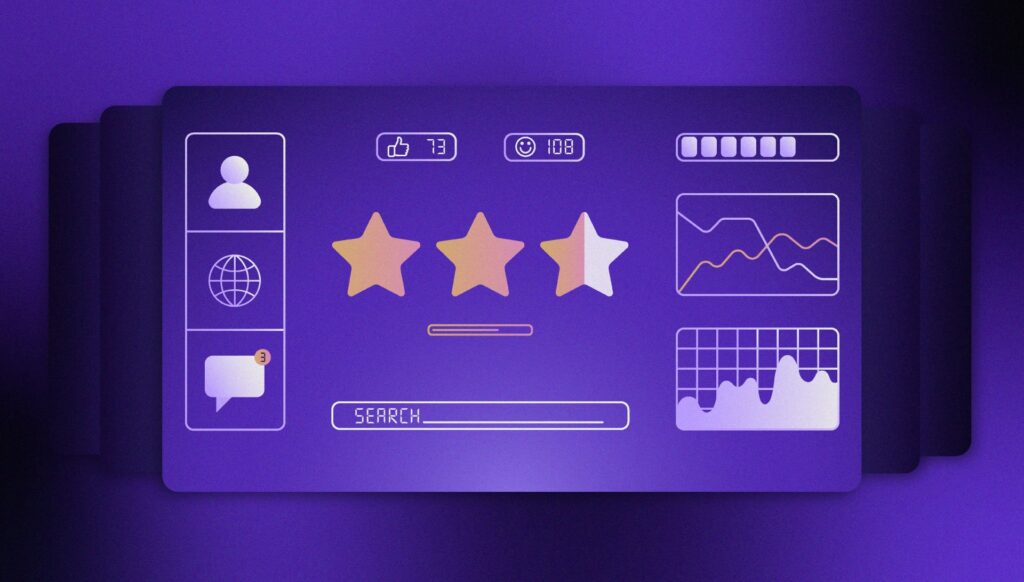Essentials for Fintech app security
Optimal security is the main not-so-secret ingredient of fintech apps. Data breaches typically occur due to hacking, payment card fraud, theft, etc. In Ponemon Institute’s 2020 “Cost of Data Breach Study”, the global average cost of data breaches stood at $3.83 million while it was $8.64 million in the US alone.
We also can’t discuss data breaches without mentioning Equifax—a company whose data breach cost them around $4 billion dollars in just a few days! Or consider the example of LA-based fintech giant Dave, whose customers’ data (7.5 million records) was traded by cybercriminals. A major breach doesn’t only make it on the news, but it presents a massive reputational risk for the company too. For business owners, it is important to let users know how their financial and confidential information is protected to give them confidence in your services.
In this blog, we’ll run through all the essentials for fintech app security.
Get the app logic right
Security needs to be integrated into each step of the app user flow. A detailed security policy needs to be available, but, outside logins, for the most part security should feel invisible. Fintech apps will be storing sensitive information such as ID verification or credit card payments, and how to store these securely needs to be considered beforehand. It may not be necessary to store credit or debit card numbers as some servers tend to store the token that recognizes the billing method. Consider the example of Apply Pay, who created a system called tokenization (one-time codes) for payments to avoid data breaches.
Setting up a system like RBAC (Role-Based Access Control) can be useful as it’ll allow you to organize permissions. Alternatively, you can also opt for ACL (Access Control List). This is a list of every operation a user can carry out. Enforce the use the complex passwords to avoid hacking and encourage users to change them every couple of months. Two-factor authentication codes are also a great option as they comprise the usage of one-time codes.
Logging in every user activity such as their IP address, device data, or geolocation also helps uphold an app’s security. Track all user transactions and halt the ones you deem suspicious or fraudulent.
Infrastructure security
Without proper infrastructure security, hackers can easily access an app and disrupt its privacy. The seven layers of security is a strategy that can help you maintain maximum infrastructure security. It includes enforcing next-gen firewalls and proxy servers. Install an antivirus software and consider using endpoint management software. This will restrict unauthorized devices from accessing your app. Conduct workshops and educate your team about social engineering hacks (such as phishing) too.
Appropriate data handling is guaranteed by companies that have earned security standard certification, with ISO-27001 being the best known.
We’re proud to say that Windmill Digital is ISO-27001 certified.
Data encryption
Encryption includes mathematical algorithms that convert information into specific codes that are only recognized by the receiver. Data encryption is an effective way of securing user information. Advanced Encryption Standard (AES) is the most popular data encryption algorithm for storage encryption. Others include RSA, which consists of a private and public encryption key; and Twofish is a freeware algorithm that allows data to be encrypted seamlessly into 128-bit blocks. Another alternative algorithm is 3DES, which is popular in safeguarding credit card PINs. To avoid hackers from misusing information, Pretty Good Encryption (PGE) can be used.
To maintain the security standard of your fintech app, encrypt information such as users’ names, addresses, social security numbers, payment histories, account numbers, etc.
Think about coding standards
Your fintech app should be effortlessly transferrable between different devices. There’s no point in having a secure app logic or infrastructure if the coding is inadequate. Securing your fintech app means securing its design, code optimization, and infrastructure. Consider everything from input validation to password management. Input validation, for instance, will restrict hackers from transferring malicious codes into your app.
You might want to avoid using SQL Injections, as hackers can send unverified SQL-related questions to your database. This can give them access to confidential information. To avoid hacking via SQL injections, consider simulating attacks on your app to see if they worked.
If you’re using third-party tools or libraries ensure they are from trusted sources only. Choose ones that update their software to meet the necessary security compliances.
Conclusion
Whether it’s getting the app logic right or having optimal infrastructure security and coding standards, you must tick all the security boxes. Research has found that cybercrime increases by 15 percent every year, making it important to secure your fintech app now more than ever. It’s vital to have an efficient team as well who are well trained. Updating and educating fellow team members regularly regarding any updates in your security standards can be beneficial.
Windmill Digital offers high-quality product design services. Our experts are highly skilled in their field and are experienced in creating exceptional products for our broad range of clients. For more information, contact us here.




